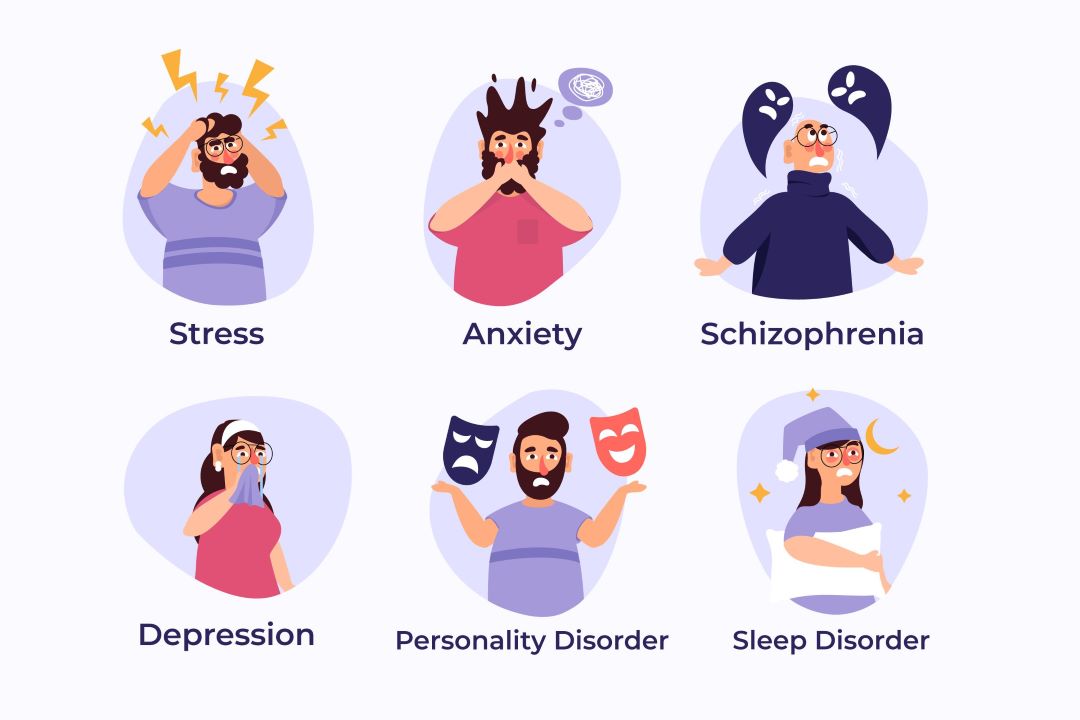Empathy as a Management Skill: Building Bridges for Inclusive Team Dynamics
Imagine walking across a wobbly, rickety bridge. Every step feels uncertain, and you’re constantly worried about losing your balance. Now, imagine crossing that same bridge with someone who holds your hand, listens to your concerns, and guides you with steady support. That’s the essence of empathy in management.
In today’s diverse and complex workplaces, empathy is no longer a soft skill; it’s a critical leadership competency. It’s the ability to understand and share the feelings of your team members, to see things from their perspective, and to respond with compassion and understanding.
Building a Bridge of Empathy
So, how do you, as a manager, build this bridge of empathy and foster inclusive team dynamics? Here are some key steps:
- Active listening: Give your team members your full attention. Listen not just to the words they say, but also to the emotions they express through their body language and tone of voice.
- Open communication: Create a safe space where your team members feel comfortable sharing their thoughts, feelings, and concerns. Show genuine interest in their experiences and perspectives.
- Cultural sensitivity: Be mindful of the diverse backgrounds and experiences of your team members. Avoid making assumptions and be open to learning about different cultures and viewpoints.
- Celebrating differences: Recognize and appreciate the unique strengths and talents that each team member brings to the table. Value diversity as a source of innovation and creativity.
- Leading by example: Demonstrate empathy in your own actions and interactions. Show your team members that you care about them as individuals, not just as employees.
The Benefits of Empathetic Leadership
When you lead with empathy, you create a more positive and productive work environment. Here are just a few of the benefits:
- Increased employee engagement: Team members who feel understood and valued are more likely to be engaged in their work.
- Improved communication and collaboration: Empathy fosters trust and respect, leading to better communication and collaboration within teams.
- Enhanced problem-solving: When you understand your team members’ perspectives, you’re better equipped to solve problems collaboratively and find creative solutions.
- Reduced conflict: Empathy can help to defuse conflict and build stronger relationships between team members.
- Higher retention rates: Employees who feel valued and supported by their manager are more likely to stay with the company.
Empathy is an Ongoing Journey
Developing empathy is an ongoing journey, not a destination. It takes time, effort, and a willingness to learn. But the rewards are worth it. By building bridges of empathy, you can create a more inclusive, productive, and fulfilling workplace for everyone.
Remember, empathy is not about being everyone’s best friend. It’s about understanding and respecting your team members as individuals. It’s about creating a work environment where everyone feels valued, heard, and supported. And that’s when you’ll truly see your team flourish.
How to Cultivate Empathy as a Manager?
- Seek feedback: Ask your team members for feedback on how well you’re demonstrating empathy. Be open to hearing where you can improve.
- Read books and articles on empathy: There are many great resources available to help you develop your empathy skills.
- Practice perspective-taking: Try to see things from the other person’s point of view. This can help you to better understand their feelings and experiences.
- Show compassion: Be willing to offer support and understanding to your team members when they’re going through tough times.
- By taking these steps, you can become a more empathetic leader and create a more inclusive and productive workplace for everyone.

